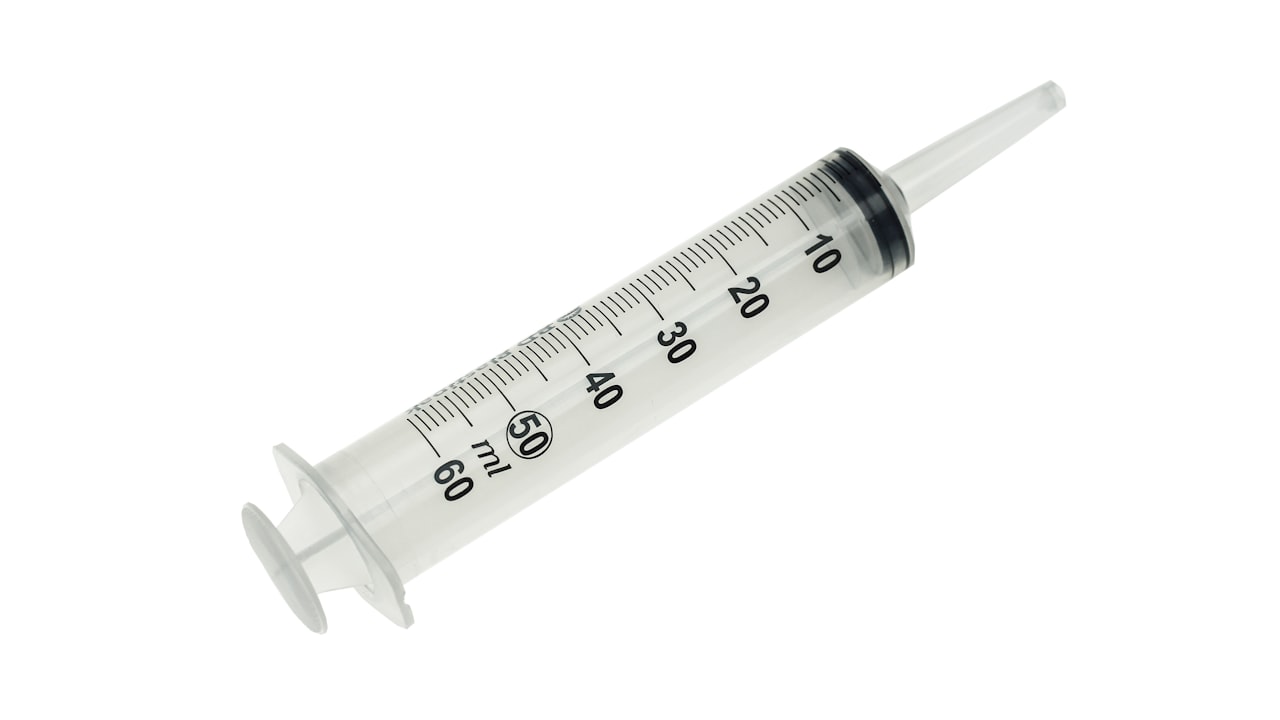Title: Design Innovation in Injection Molding Tools: Advancing Manufacturing Efficiency
Injection molding is a widely used manufacturing process in which molten material is injected into a mold cavity to produce complex shapes. In recent years, design innovations in injection molding tools have significantly improved manufacturing efficiency. These innovations have brought about changes in the way injection mold factories and suppliers operate, leading to increased productivity and cost savings.
One of the key innovations in injection mold design is the use of advanced materials. Traditional molds were made from metals such as steel or aluminum, which are heavy and costly to produce. However, newer materials like carbon fiber composites and high-performance plastics are now being used to create lighter and more durable molds. These materials not only reduce the weight of the mold but also improve its thermal conductivity, leading to faster cooling times and shorter production cycles.
Another important innovation is the integration of sensors and real-time monitoring systems in injection molding tools. By incorporating sensors into the mold cavity, manufacturers can collect data on temperature, pressure, and flow rates during the molding process. This real-time data allows for greater control and optimization of the injection process, resulting in higher quality parts and reduced scrap rates. Additionally, predictive maintenance systems can alert operators to potential issues before they cause costly downtime.
Furthermore, advancements in software technology have revolutionized mold design and simulation. Computer-aided design (CAD) software allows engineers to create complex mold geometries with precision and efficiency. Mold flow analysis software simulates the injection molding process, enabling designers to optimize mold design for improved part quality and cycle times. These software tools have streamlined the design process, reducing lead times and costs for both injection mold factories and suppliers.
In conclusion, design innovation in injection molding tools is driving the advancement of manufacturing efficiency. By utilizing advanced materials, sensor technology, and software solutions, injection mold factories and suppliers are able to produce high-quality parts with greater speed and precision. These innovations not only benefit manufacturers by reducing production costs and improving product quality, but also contribute to the overall competitiveness of the industry.

 Title: Design Innovation in Injection Molding Tooling: Advancing Manufacturing Technology
Title: Design Innovation in Injection Molding Tooling: Advancing Manufacturing Technology